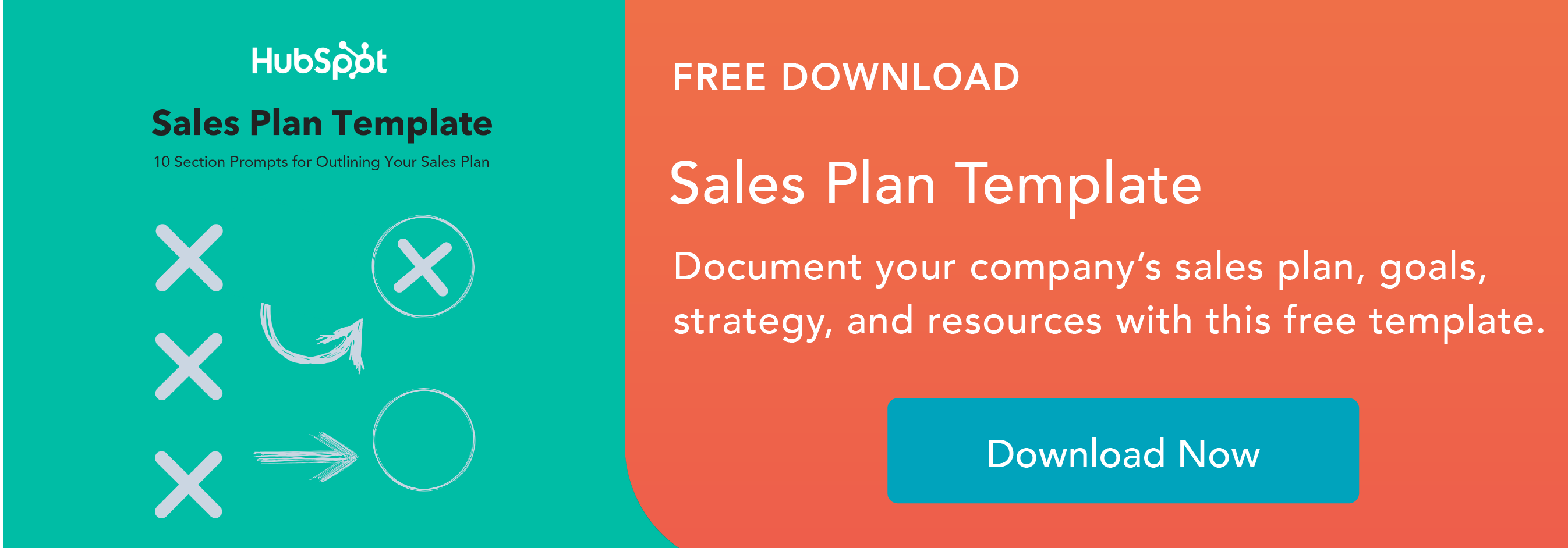Forecasting is one way to understand the effectiveness of your sales teams and the activities they undergo to drive revenue and achieve success.

The process can help you understand what you're doing right, make informed business decisions, and set realistic goals to help your company grow and sustain success.
Some forecasting techniques, called quantitative forecasting, involve math, like adding up month-to-month sales or using averages to predict future revenue. This post will go in-depth into what quantitative forecasting is, different methods and techniques to use, and examples that will help you apply the formulas.

What is quantitative forecasting?
Quantitative forecasting is a data-based mathematical process that sales teams use to understand performance and predict future revenue based on historical data and patterns. Forecasting results give businesses the ability to make informed decisions on strategies and processes to ensure continuous success.
Quantitative forecasting is different from qualitative forecasting because it is objective and based on statistics and math, while the latter focuses on subjective information like expert insight and opinions.
This forecasting will likely be done by sales operations teams, so they can get a high-level overview of performance and communicate necessary information and future strategy with stakeholders.
Depending on your business needs, there are various quantitative strategies to focus on.
Quantitative Forecasting Methods & Techniques
Below we'll discuss common quantitative forecasting methods that will help you understand business performance.
Naive Forecast
The naive method is a straightforward technique that assumes you will continue to perform as you have in the past. This technique doesn't account for trends, patterns, or other influences, it is simply making estimates based on past performance data.
For example, if you made 100,000 last quarter, your naive forecast would say that you'll also make 100,000 this quarter. It requires minimal calculations, and this method is often used as a starting point for understanding how your business needs to grow.
Seasonal Forecasting
Seasonal forecasting, also called seasonal indexing, uses historical seasonal data to predict what the same future seasons would look like.
For example, using data from Season A over the past three years to understand what Season A would like this upcoming year. Seasons can be specific periods relevant to your business or standard benchmarks like months and quarters.
As all businesses go through changes, this model can help prepare a strategy for a season that you know is already difficult, so you can still meet targets and perform as desired.
To conduct a seasonal forecast, you want to gather all of the data available about business performance during the specific seasons you're hoping to analyze. The result of this forecast will give you an average of what performance looks like per individual season. Once you have your data, this is the formula to use:
(Seasonal Data + Seasonal Data)/ Number of Seasons Being Compared
Here's an example of what that would look like:
(Season A + Season A + Season A)/ 3 = Average performance in every season A
It might be easier to follow with a numerical example, and we'll go over one here.
Revenue Run Rate
The revenue run rate technique predicts what your EOY will look like based on performance metrics from the time passed.
To run this forecast, you need to collect performance data you're hoping to project, like revenue or number of deals closed over a specific period, and multiply that number by the number of periods that there will be in the year you're forecasting. This period can be quarterly, monthly, or a time that makes sense for your business. Here is the formula:
Revenue in Specific Period x Total Number of Periods in one Year = Revenue Run Rate
We'll cover a numerical example here .
As sales can change quickly, it's important to note that your revenue projections from the middle of the year may not be accurate at the end of the year. If you're in a volatile market, the revenue run rate may not be the most effective way to forecast your performance.
Historical Growth Rate
The historical growth rate is used to understand your business' growth rate over time by comparing a specific metric, like revenue totals or closed deals. This method is commonly used if there has been significant growth in business performance and you want to understand how big the change was. Here is the formula:
(Present Value - Past Value) / Past Value x 100
Here's an example using words that may make it easier to understand:
(Quarter 3 Revenue - Quarter 1 Revenue) / Quarter 1 Revenue x 100
Below we'll go over a numerical example.
Linear Regression
Linear regression is the most detailed forecast on this list, as it requires in-depth analysis. It is used to understand how certain variables in your sales process affect sales performance and forecast what sales would look like over time based on those same factors. Here is the formula:
Y = bX + a
In this equation, X is your sales activity (independent variable), Y is your sales performance (dependent variable), b is the slope of the line, and a is the point of interception.
If you're anything like me, math is complicated. As linear regression is a rather involved process, it can be helpful to use a tool like Google Sheets to run your regression, and this guide will show you how. We'll also cover an example here.
Quantitative Forecasting Examples
Let's go over some examples of some of the forecasting techniques mentioned above.
Seasonal Forecasting Example
I want to run a seasonal forecast to understand average quarterly performance so I understand the targets I should strive to meet and rise above this coming year. I want to use three years of historical revenue data, and here's my data set:
| Year | Q1 Revenue | q2 revenue | q3 revenue | q4 revenue |
| 1 | 150 | 200 | 100 | 250 |
| 2 | 125 | 175 | 100 | 200 |
| 3 | 150 | 200 | 125 | 240 |
To get my seasonal index, I would add up the total amount of revenue for the same quarter each year and divide that number by the number of years. This is what my equation would look like to get the average performance for Q1:
(150 + 125 + 150) / 3
My seasonal index for Q1, the average amount of money made during Q1, is 141. This coming year, I would aim for 141 or higher in revenue to continue on the same path as before. You would repeat the same process to forecast each quarter.
Revenue Run Rate Example
You obtain run rate by using revenue data from a period of time that has already happened. As mentioned above, this can be quarterly, monthly, or a specific period your business uses as a model. Here is a refresher on the formula:
Revenue in Specific Period x Total Number of Periods in one Year
Let's say it's March, and my total revenue this month is $120,000. I want to forecast EOY totals using this data, and this would be my equation and result:
120000 x 12
My projected revenue run rate for the given year would be 1,440,000.
Historical Growth Rate Example
Historical growth rate helps you calculate the exact rate of growth after a successful period. Let's say that your business was previously worth $150, but now it's worth $160. Here is the equation that would give you your rate of growth:
(160 - 150) / 150 x 100
Your growth rate would be 6.6%.
Linear Regression Example
Linear regression helps you understand how certain factors in your sales process (independent variables) affect sales performance (dependent variable).
Let's say that I want to understand if more website visits directly correlate with an increase in sales. If my result is yes, I can inform marketing teams of this finding and work together to run campaigns to bring in more website traffic and, in turn, increase sales.
The table below is a sample data for this experiment:
| number of site visits | number of sales |
| 120 | 50 |
| 120 | 30 |
| 140 | 60 |
| 110 | 30 |
| 130 | 70 |
As it is a rather involved process, I will be using Google Sheets to run this forecast, and here is a step-by-step guide on how to do so. After I run my regression, I get the following numbers:
| potential number of site visitors | potential number of sales |
| 150 | 80 |
| 160 | 92 |
| 170 | 105 |
| 180 | 117 |
| 190 | 129 |
I elected to start the forecast with number 150 because it was higher than any of the historical total site visits, so results would show me if actually increasing site visits would close more deals.
My results show me that, yes, increased site traffic directly correlates with increased sales. With this understanding, I can work with marketing to develop strategies to drive more site traffic.
Regardless of the method you choose, quantitative forecasting should paint a picture of the effectiveness of your sales techniques. Your results should show you that you're on the right track or let you know that something in your process is worth updating so you can continue to achieve business success.




0 Response to "The Technique Assumes That Past Sales Trends Will Continue"
Post a Comment